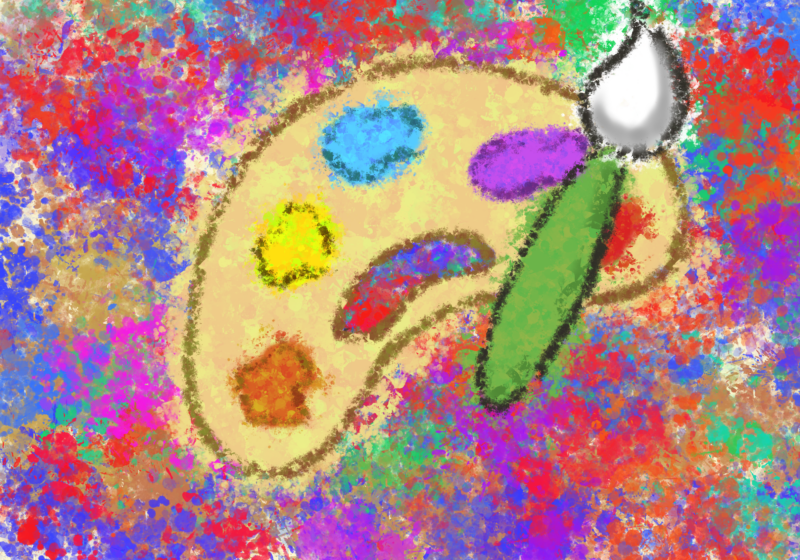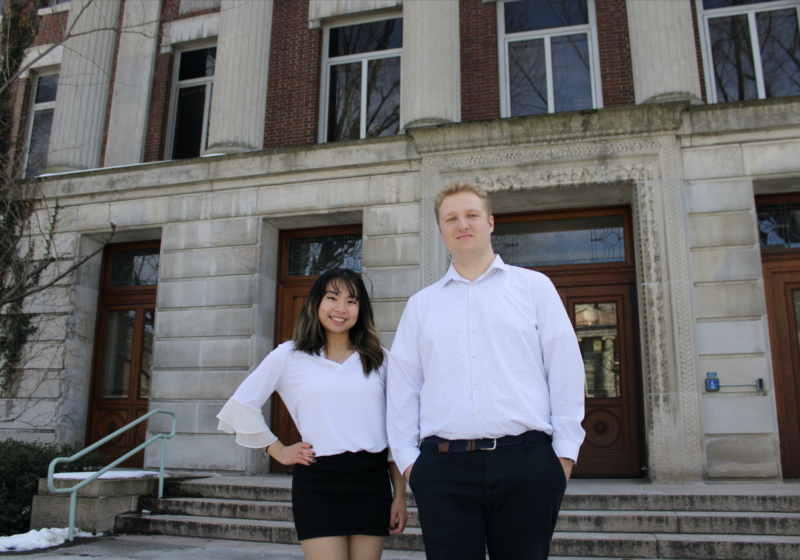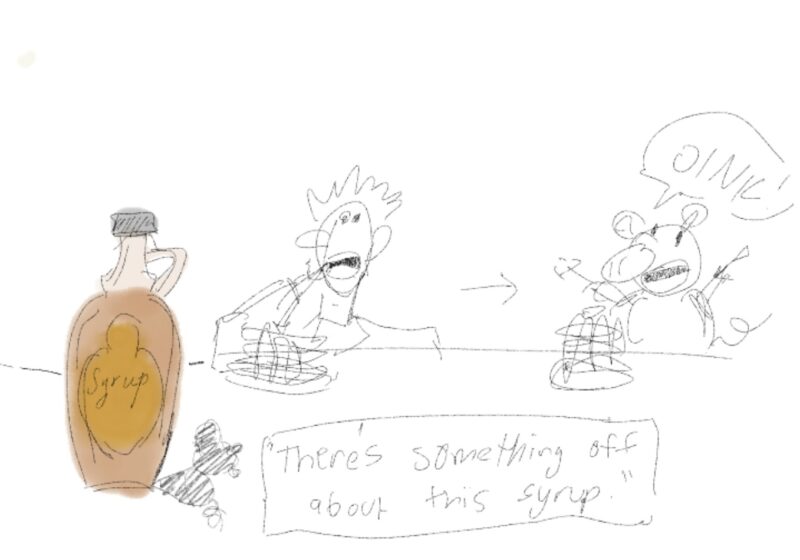A swarm of bees have found a new home in Wilson Commons this past week, much to the chagrin of the native Yellowjackets. They arrive at the hands of Heather Green and Dr. Robert Minckley, who collaborated to create the last professional show in Hartnett Gallery this year. “Pinpoints of Perception: Portraits of 1000 Native Bees” is an installation that showcases the diversity of bees beyond our general conception of the honey-producing variety, and asks us to think about what we may overlook.
Green grew up in Tuscon, AZ, and earned both her B.F.A. and M.F.A. at the University of Arizona. Minckley attended the same university to obtain his B.S. and M.S., and went on to the University of Kansas for his Ph.D. He now teaches here at UR, while Green teaches at Arizona State University.
Green first learned about Minckley’s work during an artist residency in Arizona and Mexico, where the artists were asked to respond to scientific studies of climate change in the American Southwest. Green was intrigued by the information she learned, like that over 1,000 species of bees may live in the Sonoran Desert along the U.S.-Mexico border. After keeping honeybees for a stint, she decided to go to the University of Arizona and photograph the bees in their insect collection. However, Green was not content with the photographs—to tell the whole story, she had to inspect their every detail and represent them anew.
This is how Green ended up painting the bees, which make up the first of the two-part installation. Each painting is done on a tiny plate that sticks out from the wall, not unlike the pins that hold preserved insects in place. In these life-size miniatures, she is able to capture the mottled colors of the bodies, the transparency of the wings, and even the identification tags that sit outside the shallow focus of the original macro photographs. Each is marked with a new tag directing the viewer to a shelf below where preservation information is located. Above, jutting out from the wall, are panes of glass etched with the scientific names of the bees. Shadows of these name are cast down upon the whole array, turning the collection into less of a catalogue and more of a memorial.
In the center of the gallery are several display cases housing specimens that Minckley has collected over many years of research. Yet there is no order to how the bees are arranged, much like how they would be found in nature. Unifying the two installations are magnifying glasses which allow and encourage the observer to scrutinize each bee, whether smaller than a fingernail or as big as a thumb. One can even see the tiny hairs that collect pollen, which turn bees into one of the main drivers of floral diversity—as Minckley points out, 35 percent of crops that humans consume are pollinated by bees.
Each bee in “Pinpoints of Perception” carries a story about the history of science and the environment, speaking to the people who captured and named them to advance the study of the natural world. Together, Green and Minckley invite us to take a fresh look at our surroundings, and to look closely because so much beauty lies in the details.
“Pinpoints of Perception” is on display until March 20.





